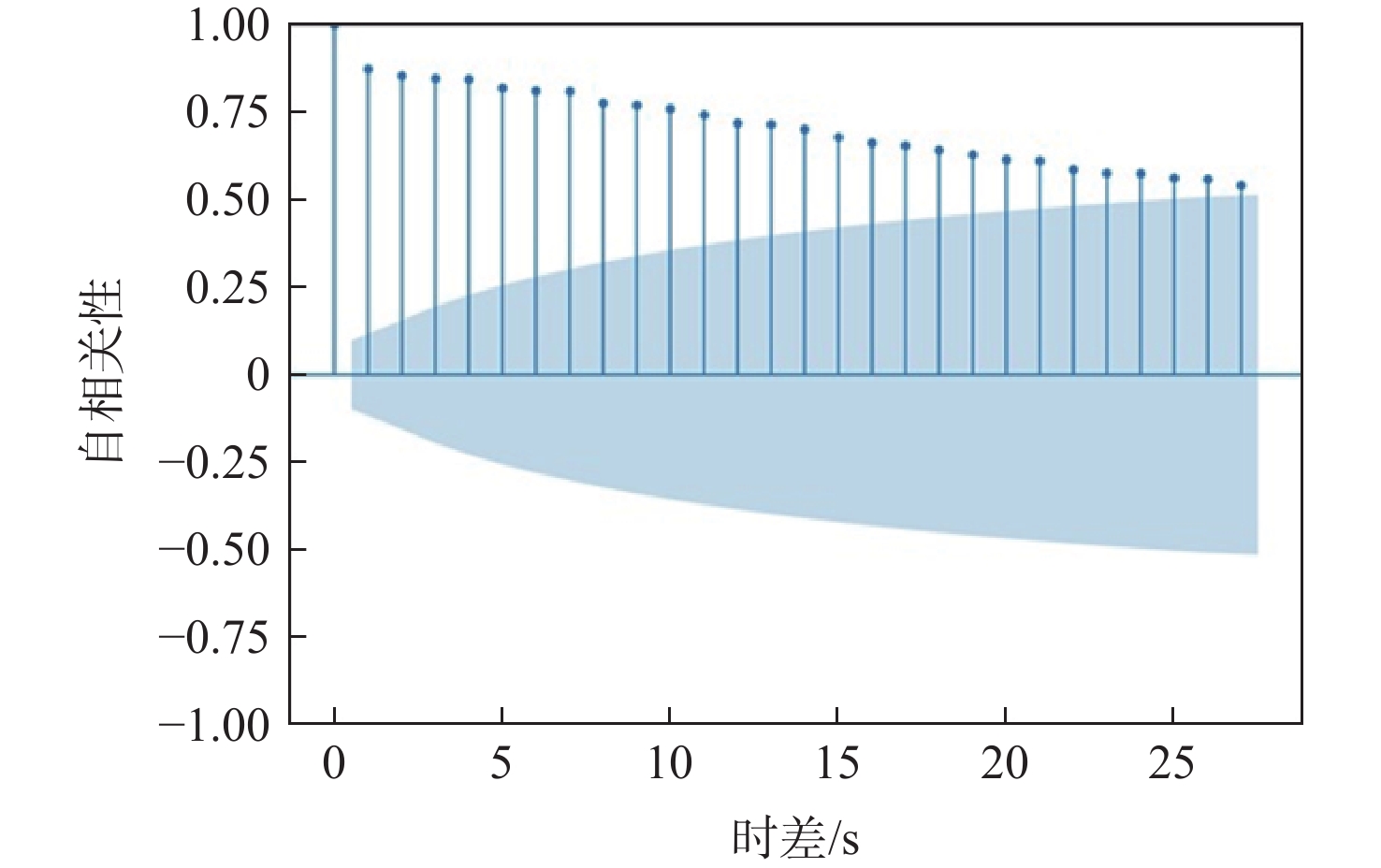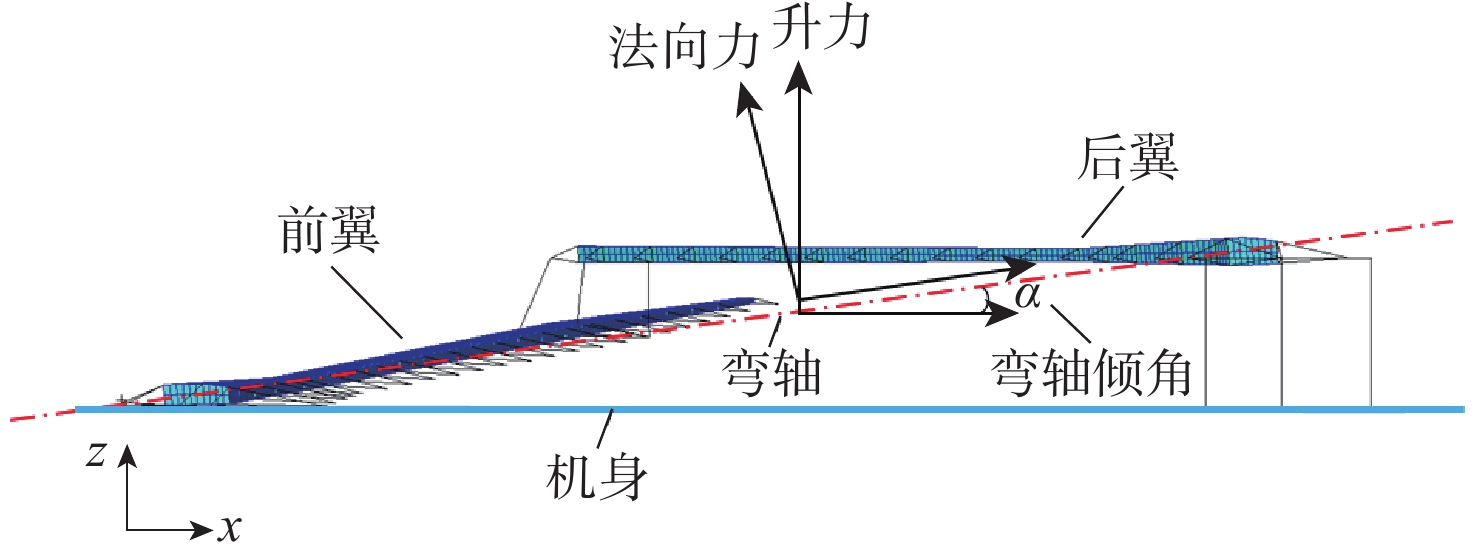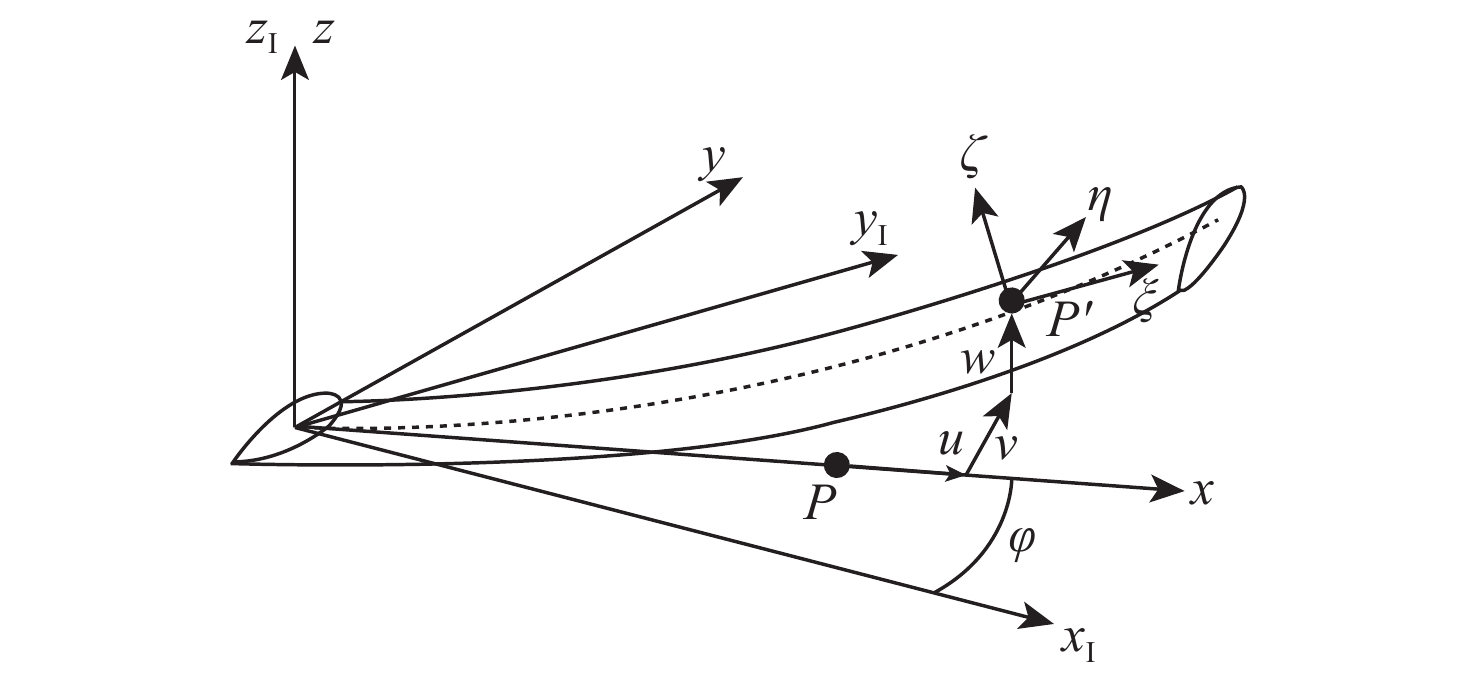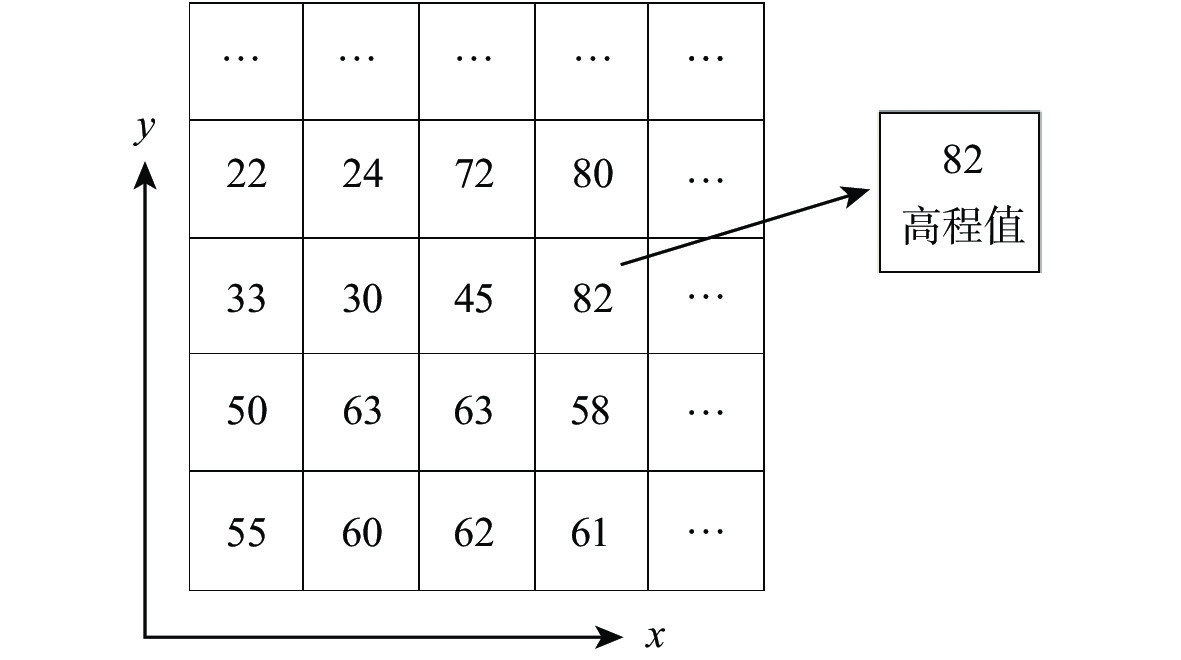High-speed UAV is prone to spin out of control, veer off the runway, and other major incidents because of the influence of numerous nonlinear elements such tire forces, aerodynamic forces, and rudder surface forces during the ground taxiing process. At present, the bifurcation is used to analyze the stability of aircraft ground taxiing nonlinear turning system, which is based on the equilibrium system of constant speed taxiing system. And it is impossible to analyze the influence of acceleration and deceleration on the stability of nonlinear non-autonomous aircraft ground taxiing systems by this theory. Thus, the D’Alembert principle is used to transform the nonlinear dynamic system into an equivalent nonlinear equilibrium system to study the bifurcation characteristics. To convert the system into an analogous equilibrium system, inertia force is incorporated into the system model based on the D’Alembert principle, and the nonlinear ground variable speed taxiing dynamics model of the UAV is built in MATLAB/Simulink. Then the global stability and bifurcation characteristics of the system are solved by the numerical continuation method, and the effect of acceleration on the stability of the turning direction is analyzed, and the saddle-node bifurcation and Hopf bifurcation in the system are analyzed. The motion states and forces of the UAV under three typical operating conditions are also analyzed, and the nature and mechanism of the directional instability of the UAV during the turning of ground variable speed sliding are revealed. Finally, based on the single-parameter bifurcation analysis of acceleration, the front wheel steering angle is introduced as an additional parameter into the UAV ground taxiing dynamic model by using the open folding method, and the dual-parameter bifurcation analysis is carried out to discuss the influence of two parameters on the stability of ground taxiing direction. And the phenomena of BT bifurcation, GH bifurcation, and ZH bifurcation on the stability of the ground taxiing direction of UAV is discussed.







